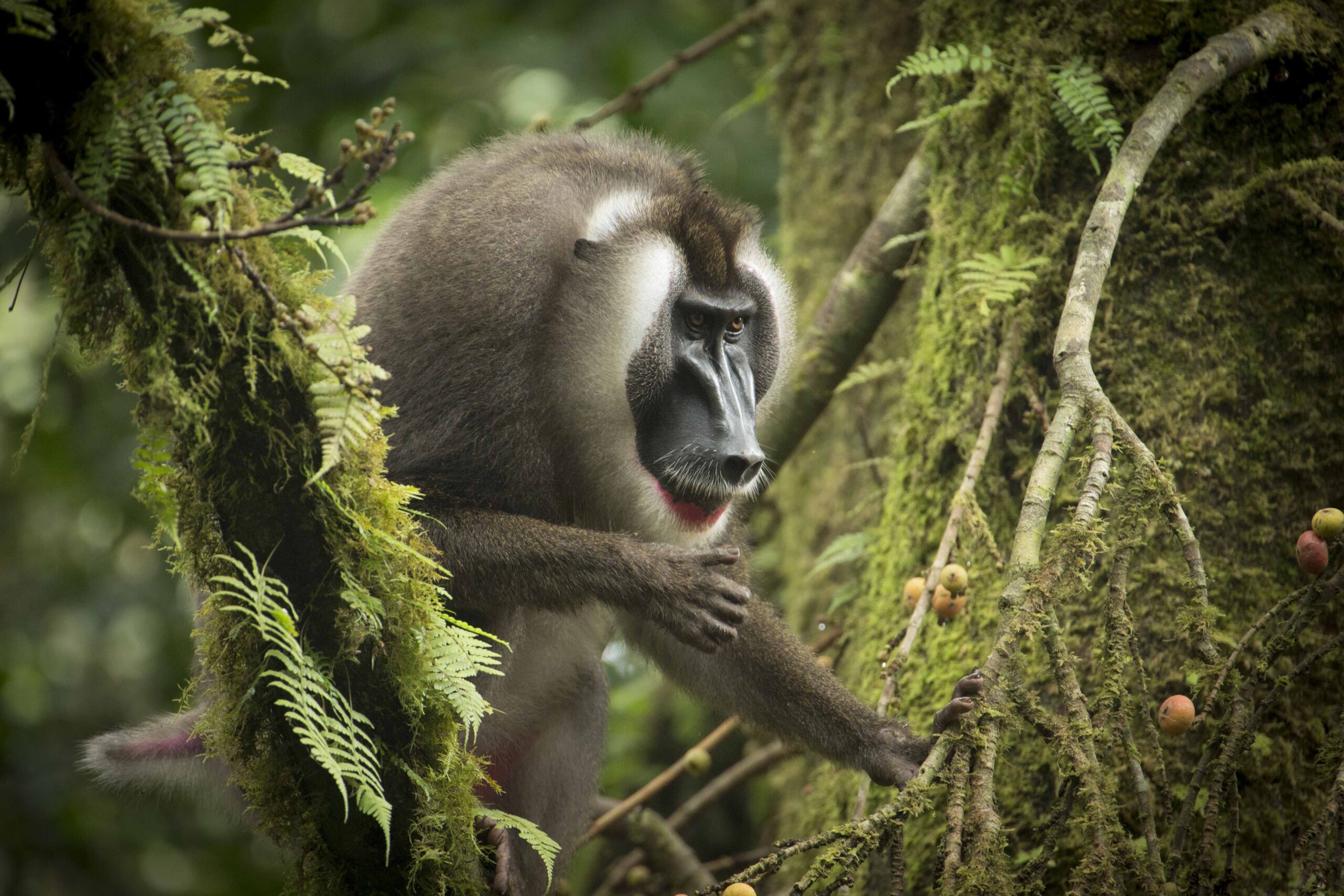
Picture by Justin Jay
Cercocebus & Mandrillus Conservation Action Plan
The Cercocebus and Mandrillus Conservation Action Plan 2024-2028 outlines specific conservation interventions for the nine and two subspecies of Cercocebus and Mandrillus monkeys and their habitats that would halt the decline of these species, thus contributing to the maintenance and health of the forest ecosystems of West, Central and East Africa.
The Cercocebus and Mandrillus primates comprise nine species and two subspecies of African primates. Although they have a wide range across Africa, extending from the Upper Guinean Forests of Senegal in the west to the Tana River Delta in Kenya, they are also some of the least studied and most threatened taxa. Their declining populations, combined with increasing threats to their survival and the dearth of detailed ecological, biological and behavioural knowledge of most taxa, underscores the need for a comprehensive, evidence-based, feasible conservation strategy.
Following the input of over 60 scientists, conservationists and practitioners, and with the support of the IUCN/SSC Primate Specialist Group, the Cercocebus and Mandrillus Conservation Action Plan 2024-2028 aims to provide a collaborative, region-wide approach to catalyse and facilitate conservation efforts to ensure the long-term survival of these unique animals.
Cercocebus and Mandrillus Action Plan Goals
This Action Plan is a call to action for the global conservation community, as well as national governments, multilateral organisations, zoological societies, wildlife centres, civil society organisations, academic institutions and communities that are stakeholders in the conservation of Cercocebus and Mandrillus. Only by taking now aggressive action to prevent further loss of these taxa and their habitats will we ensure their long-term survival
Cercocebus and Mandrillus Action Plan Range-Wide Conservation Priorities
For each taxon, experts have identified a series of conservation actions that would ensure their long-term survival. These actions, meant to be feasible to achieve within the 5-year duration of the plan, actionable, relatively easy to fund, and to have a clear and concrete conservation impact when completed by 2028; fall within 6 general categories:
- Increase stakeholder engagement and local livelihood support
- Reduce knowledge gaps
- Promote habitat restoration
- Raise the profile of Cercocebus and Mandrillus taxa
- Enhance protection
- Respond to public health needs for the neighboring human populations
